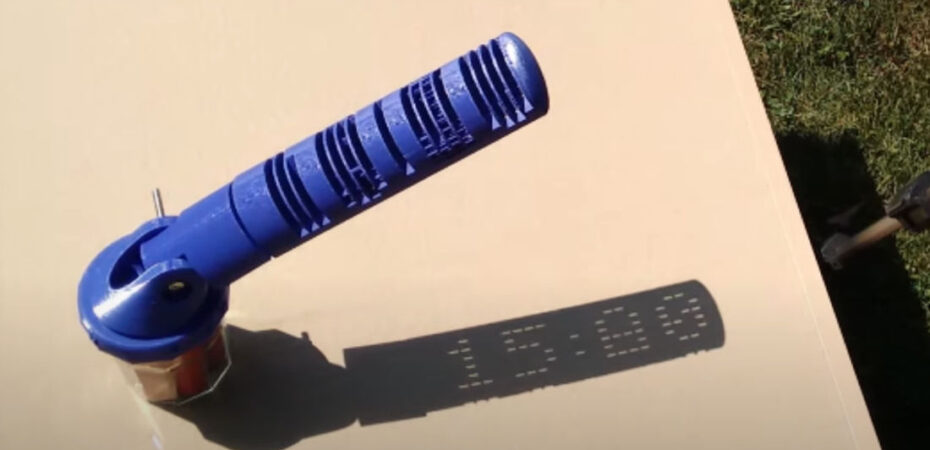A digital sundial is a modern twist on one of the oldest timekeeping devices. Unlike a traditional sundial, which shows the time by use of the shadow of a gnomon (an upright stick) a digital sundial projects numbers onto a surface using sunlight, so presenting the time like a digital clock. The basic form of a digital sundial just shows an hour; a more advanced one can show minutes in 10 or 5, or one-minute intervals.
History
Long before mechanical clocks were invented, sundials were the main way people told time. Sundials date back to ancient times, with the oldest known sundials being used in ancient Egypt. These devices work by observing the position of the shadow cast by the Sun on a flat surface. Another kind of sundial generates a spot of light by letting the Sun’s rays pass through a tiny hole.

Science Behind It
A traditional sundial works by measuring the angle of the Sun in the sky, and its shadow moves throughout the day as the Earth rotates. A digital sundial, however, projects numbers through its openings. As sunlight moves across the sky, the shadows of different numbers are revealed to represent the clock. It uses precise 3D-printed geometries or intricate light-filtering techniques to break sunlight into shapes that form readable numbers. The engineering behind this involves complex mathematics, including the Sun’s position and shadow geometry. Kudos to Julldozer for generously providing us with his digital sundial design.

Next step:
I was thinking we could make this project more Edinburgh-friendly. Perhaps we can’t always depend on the sun to tell us the time here. A motorised lamp dial can be more reliable for cloudy days. In fact, we can use it even at night. Another direction for this project could be adding words and letters instead of digits to it to show information other than time.
Why?
It gives us a practical understanding of light’s behaviour and geometrical optics. A great chance for a deeper understanding of time, astronomy, and physics, and of course, rapid prototyping using additive technologies.
Who?
You are welcome to join me if you are interested in 3D printing, CAD, or microcontroller programming. One thing that I want to mention is that Solidworks and Autodesk Inventor cannot be used due to the intricacy of the design and mathematical calculations required. Rather, we ought to utilise a scripting software such as Openscad.


